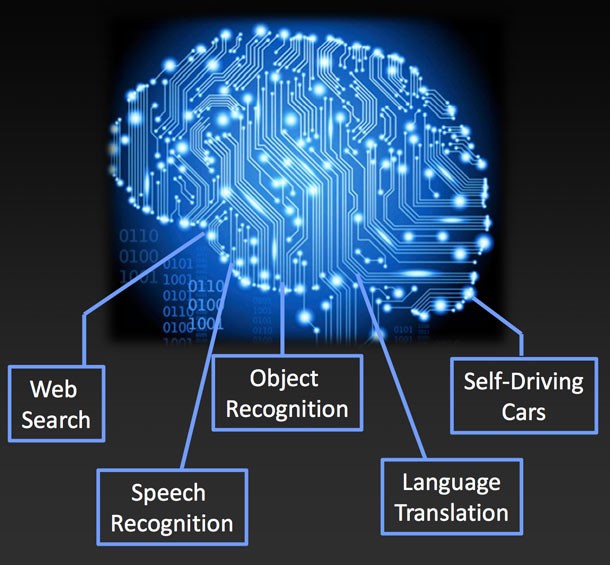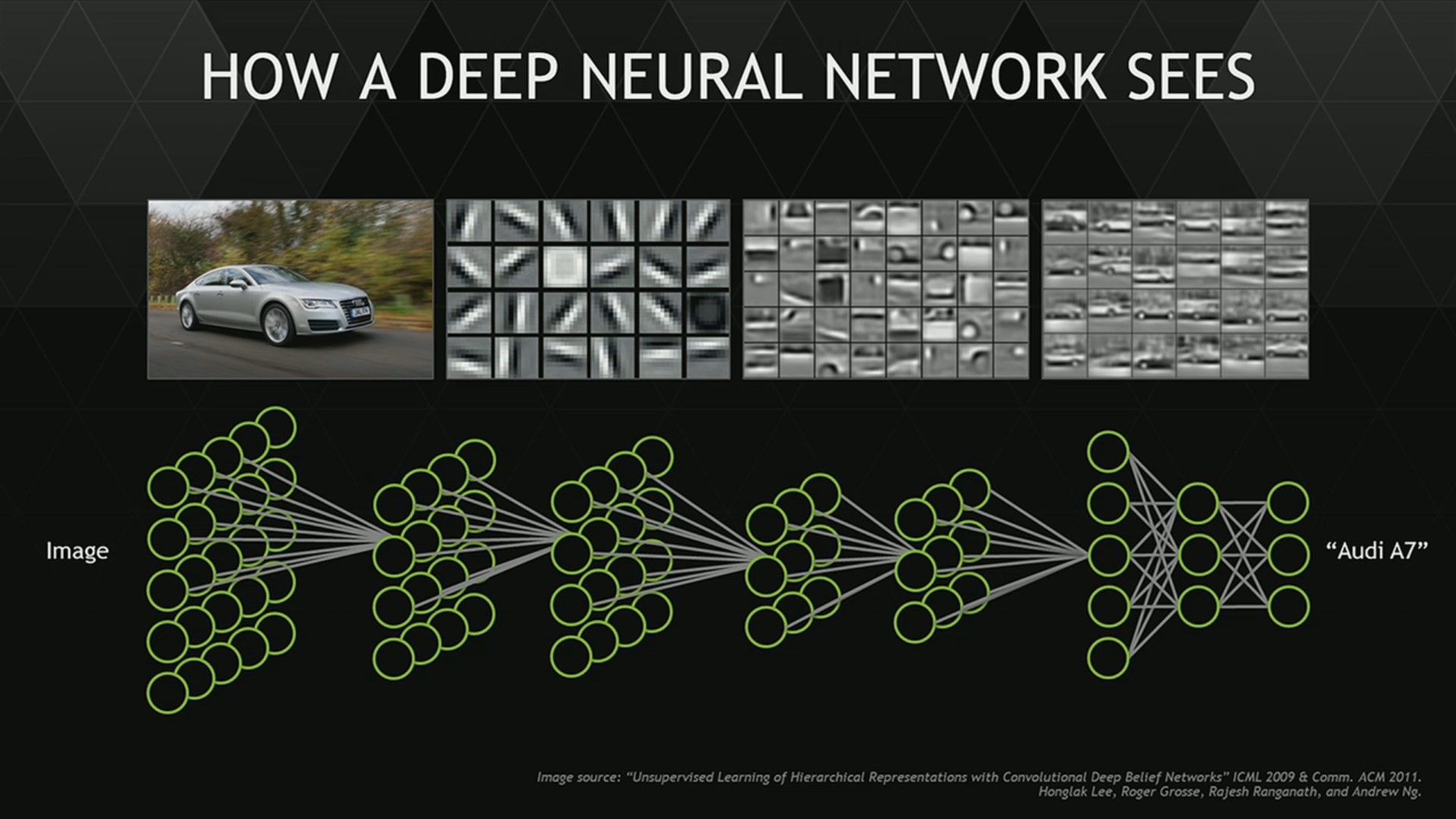
The advent of artificial neural networks reel in a new realm of possibility in digital computing, permitting image recognition technology, real-time spoken language translation, future crime prediction, and ability for software to identify emotions through facial expressions recognition, to name but a few. Yet, such lofty goals were outside what’s considered “traditional computing models,” and required the pioneering of an entirely new form of computer programming inspired by the human brain. Some would say that resulting artificial neural network is a blend of computer science, biology, mathematic wizardry, and existential philosophy.

What are artificial neural networks?
To understand what artificial neural networks (ANN) fundamentally are, we must first review the difference between the organizational structure of the neurons that perform computations in our brains, and the semiconductors that initiate computer processing.
Neurons are self-contained actors that are wired to most of the other surrounding neurons in extremely complex and mostly unpredictable patterns where each neuron interacts with surrounding neurons according to its own pre-defined rules. As such, brains are essentially a clustered mass of billions of neurons that exhibit their individual capacity to make decisions without an outside authority.
By contrast, semiconductors are arranged in linear sequence, attached to the same board, and are controlled by one unifying clock cycle; meaning, digital computers achieve ordered results when an over-arching hardware program directs semiconductor toward the end goal.
ANN, on the other hand, seek to emulate the autonomous, yet co-dependent aspect of the physical brain by arranging software code into networks of densely connected mini-programs that behave like single actors, granting them the ability to self-correct. Metaphorically speaking, this can thought of as using software to simulate the arrangement of brain’s own neural network.
The “learning” that occurs is not learning per say, as in the biological perspective of rebuilding new neural pathways, but a matter of adjusting the algorithm’s parameters with each loop to reduce the error value.

Data inputted into the ANN triggers a pre-programmed response based on its specific attributes, before passing it along to the next neuron in sequence that’s also selected based on the resulting parameters. This cycle continues until all the equations are exhausted and an output is produced.
Next, the resulting output is labeled as “incorrect” or “correct” and fed back into the algorithm loop, lessening the probability of producing an inaccurate output with each loop.
Neural networks are often classified as nondeterministic algorithms, which is to say each “neuron” has a weighted statistical probability associated with different outputs, thus permitting multiple outputs from a single input. Because of this, it’s possible to arrive at the same outcome through multiple avenues as the neural network grows increasingly complex.
What can ANN’s do?
1. At the core, ANN are very useful tools whose primary function can be distilled into two categories: solving problems that are too difficult for humans or traditional computers, and as experimental models. Combining the economies-of-scale of supercomputers with the self-editing nature of the ANN allows us to create robust software such as Hitachi’s future crime-prediction modeling, fraud credit card detection systems, or self-correcting GPS designed to minimize shipping duration of freight. Even YouTube’s suggest on what videos to watch is based on ANN.
2. Siri, Cortana, and Google Now and all other personalized digital assistants that learn are examples software based on the fundamental principles of ANN. The very act transcribing human speech into text and using natural language processing to translate said text into “parsed text,” before applying a question & intent analysis to make sense of it relies on self-editing algorithm; that’s how these systems continuously improve in their ability to understand one’s voice.
3. Google’s photo-analysis algorithm from a few months ago is perhaps the most visually obvious example of an ANN. Having been trained with millions of images, Google’s ANN can identify the subject—whether it’s a dog or a hat, per say—and even produce its own rendition of that subject. This type of imagine classification occurs by feeding the image through 10 to 30 stacked layers of artificial neurons, each extracting a progressively higher-level criteria from the imagine until the final layer must decide what the image actually is. For example, one layer may examine the edges of the images, while another may compare the colors or the shape.
Source: Extremetech
Advertisement
Learn more about Electronic Products Magazine





